The Difference Between Fourball and Foursomes In Golf
The first three days of the Presidents Cup feature fourball and foursomes matches. But what is the key difference between these formats?

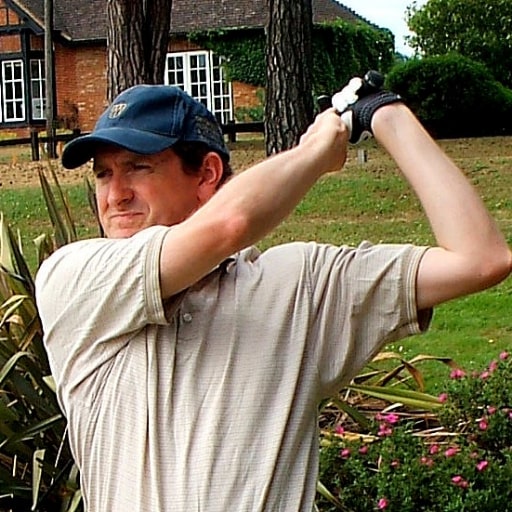
Foursomes and fourballs are a key ingredient to the biggest team matches in golf including the Presidents, Solheim and Ryder Cups.
Both formats involve teams of two players, but the main difference between fourballs and foursomes is in the number of balls being played.
In foursomes, team-mates share a ball; in fourballs, each of the four players involved plays their own own ball.
Foursomes is also known as Alternate Shot. In this format a team of two plays one ball, with one of the players teeing off on the odd-numbered holes, and the other doing so on the even-numbered ones. Throughout each hole the team-mates play alternate shots.
A key factor to consider for foursomes players is whose ball is used. Sometimes the pairings play the same ball anyway, while other teams may play balls from different manufacturers with similar characteristics.
It's also common for the foursomes partners to use a different ball on alternate holes, where the player driving off hits their partner's preferred ball so they can hit it into the green and be able to judge the distance, flight and spin better.
Fourballs is also known as Fourball Better Ball. Both the players on a side play their own ball, and the better nett score of the pair on the hole counts as the team score for that hole.
Get the Golf Monthly Newsletter
Subscribe to the Golf Monthly newsletter to stay up to date with all the latest tour news, equipment news, reviews, head-to-heads and buyer’s guides from our team of experienced experts.
The fourballs format does not require both players in a team to hole out, as only one score will be counted. (Indeed, technically, it does not even require that both members of a team play a hole, although such a scenario is only likely if a player gets injured during the round or turns up late for the start of it.)
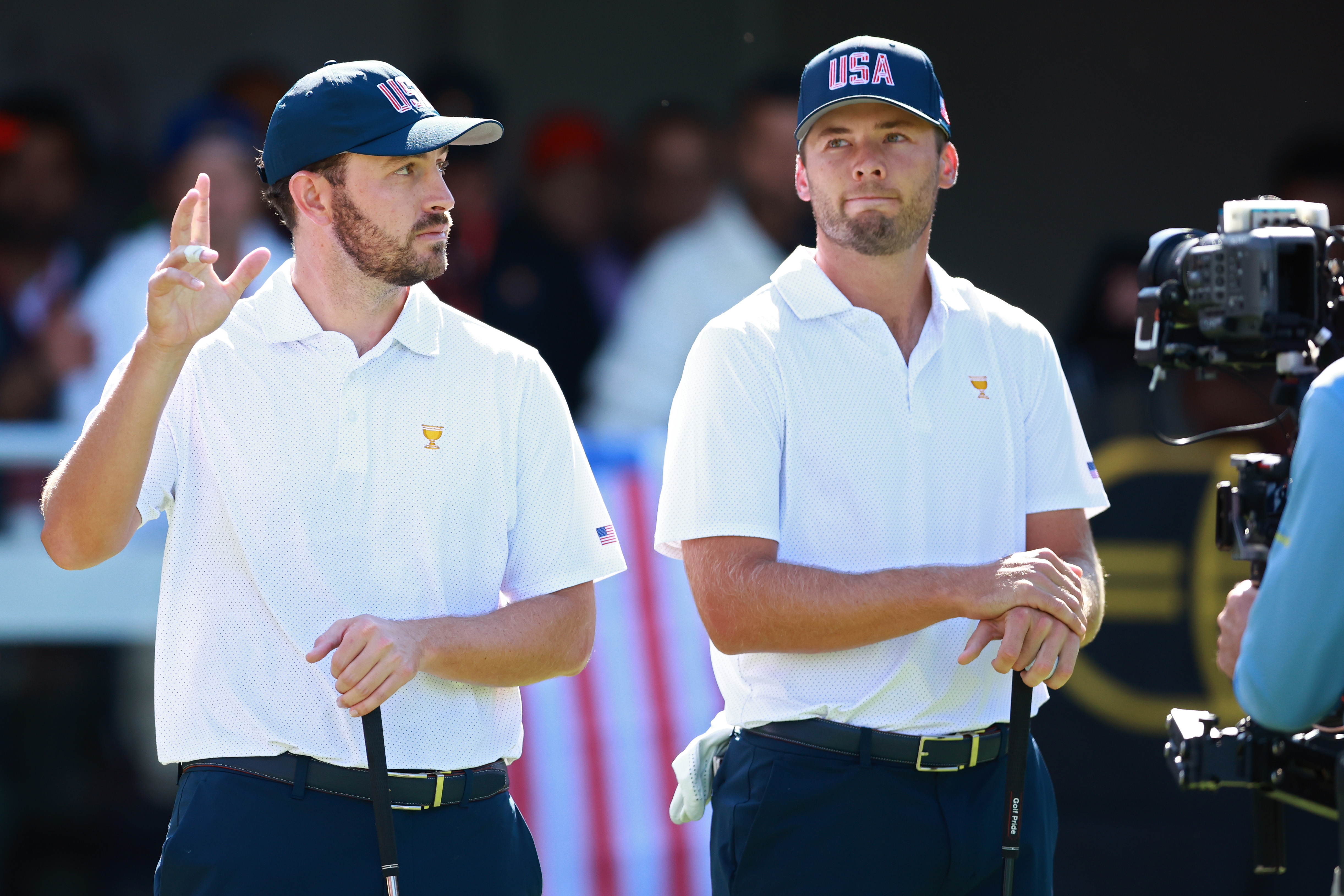
Both formats can be used in strokeplay or matchplay, with the Presidents, Solheim and Ryder Cups being matchplay contests.
In both formats one player can act for the team. In fourballs this means a team-mate can mark his or her partner’s ball, or lift and clean, or drop it under penalty. (If these are done incorrectly, it is the player whose ball it is who incurs any penalty not the player who performed the action.)
Similarly a player and his caddie may also help the other player in the same way that the player's own caddie would be allowed to do.
In fourballs, partners may also play in whichever order the team elects when is one of their members’ turn to play.
Thus if Andrew and Benji are a fourball team, and it would normally be Benji’s turn to play as his ball is the furthest from the hole, the team can chose that Andrew plays before Benji, if they so wish.
In foursomes a team's handicap is 50% of the aggregated course handicaps of the team-mates.
In fourballs each player gets 90% of their course handicap. But that aspect is not something that the world's best players have to worry about.
Foursomes vs fourballs - what you need to know
- Foursomes: One ball, alternate shot
- Foursomes: One player tees off odd-numbered holes, one goes off even-numbered holes
- Foursomes: 50% of combined handicap
- Foursomes: Quicker format as only two balls in play
- Fourballs: Each player plays their own ball
- Fourballs: Each player gets 90% handicap
Contributing Writer Roderick is the author of the critically acclaimed comic golf novel, Summer At Tangents. Golf courses and travel are Roderick’s particular interests. He writes travel articles and general features for the magazine, travel supplement and website. He also compiles the magazine's crossword. He is a member of Trevose Golf & Country Club and has played golf in around two dozen countries. Cricket is his other main sporting love. He is also the author of five non-fiction books, four of which are still in print: The Novel Life of PG Wodehouse; The Don: Beyond Boundaries; Wally Hammond: Gentleman & Player and England’s Greatest Post-War All Rounder.
-
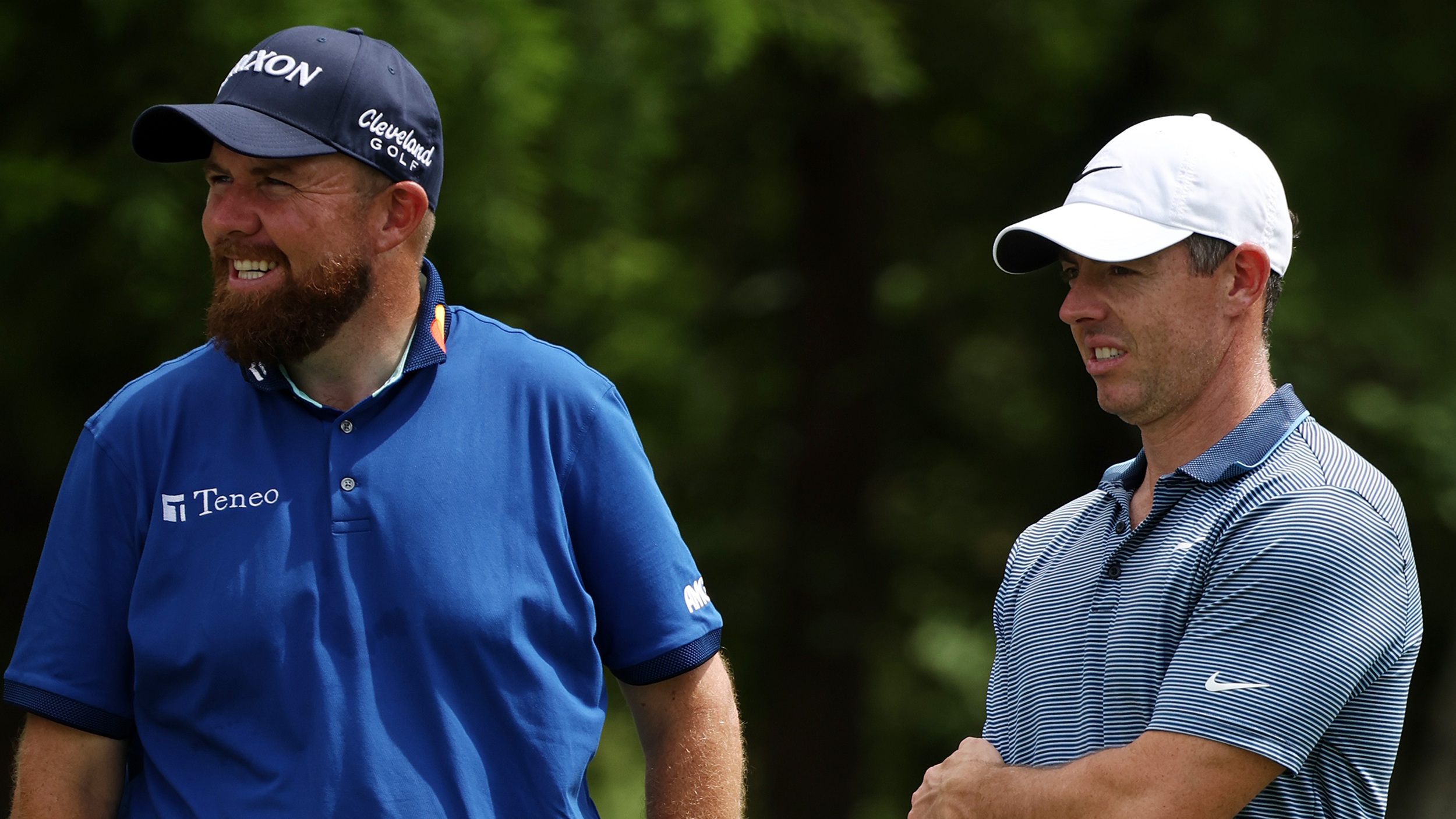 Rory McIlroy And Shane Lowry Explain Golf Ball Tactics For Zurich Classic Foursomes
Rory McIlroy And Shane Lowry Explain Golf Ball Tactics For Zurich Classic FoursomesDefending Zurich Classic of New Orleans champions Rory McIlroy and Shane Lowry explained how they go about picking which golf ball to use in foursomes
By Paul Higham
-
 I'm A New Dad (Of Twins)... Here Are My 4 Top Tips For Balancing Fatherhood And Golf
I'm A New Dad (Of Twins)... Here Are My 4 Top Tips For Balancing Fatherhood And GolfAs a first time father, and an avid amateur golfer, I utilise these four simple tips to maintain a balance between two of the things I love most in the world...
By Barry Plummer
-
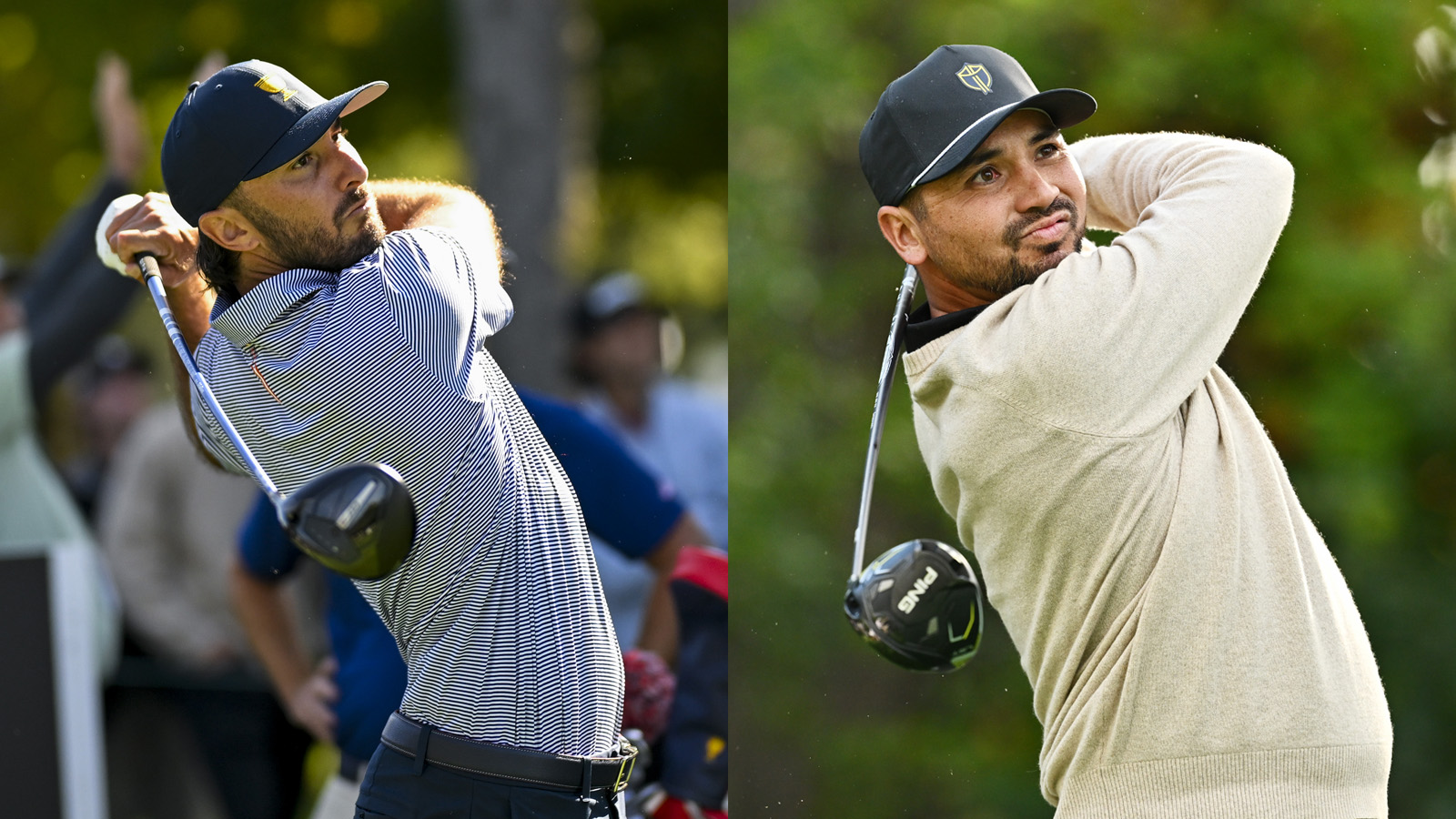 What Is The Most Played Driver At The 2024 Presidents Cup?
What Is The Most Played Driver At The 2024 Presidents Cup?Take a look at what drivers are in play this week as the International team lock horns with the USA on a demanding golf course
By Sam De'Ath
-
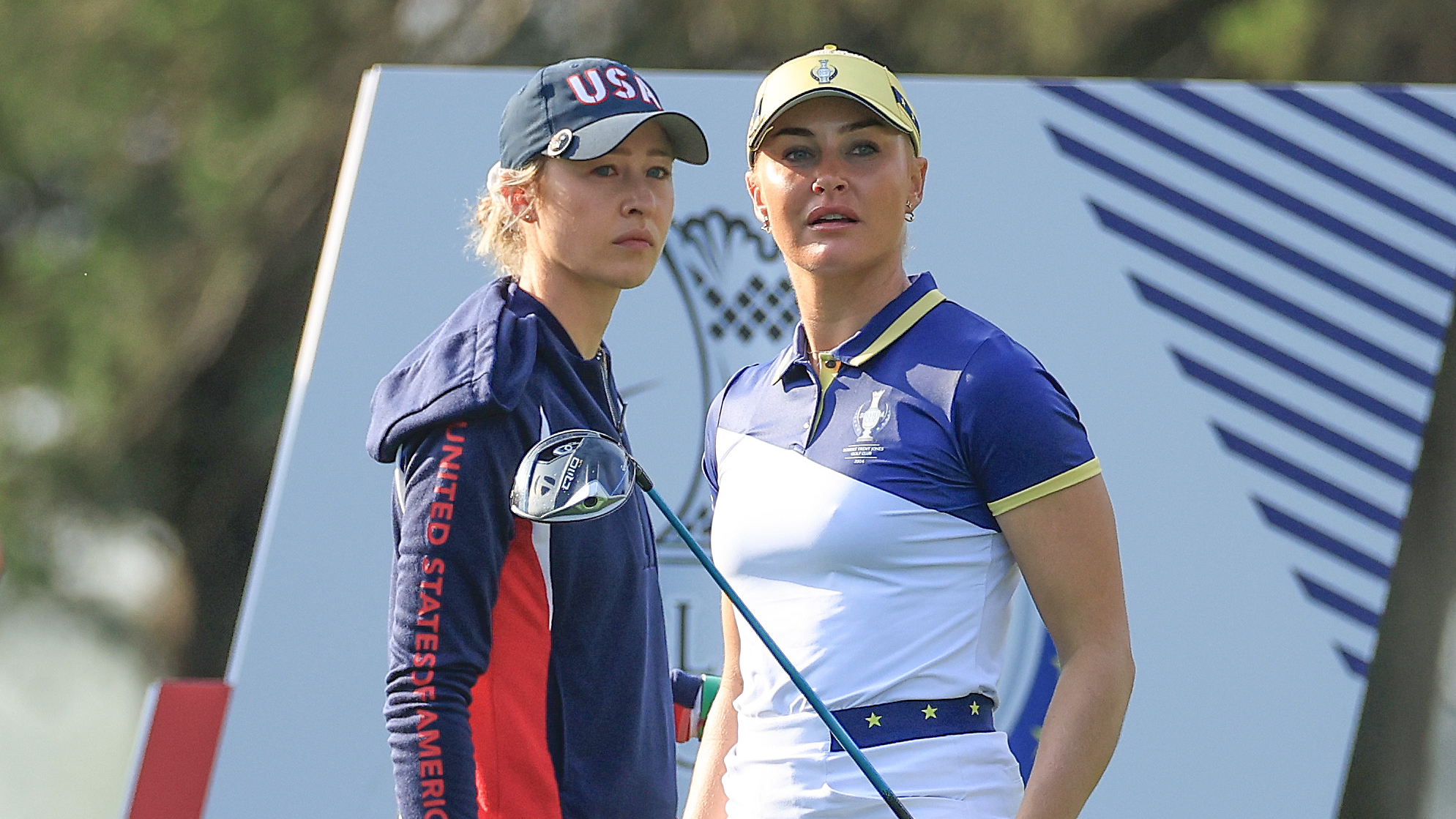 6 Key Takeaways From My Solheim Cup Experience
6 Key Takeaways From My Solheim Cup ExperienceOur Women's Editor Alison Root reflects on the 2024 Solheim Cup
By Alison Root
-
 What Does Ham-And-Egged-It Mean In Golf?
What Does Ham-And-Egged-It Mean In Golf?Golf is full of quirky phrases and, when it comes to match play, you may hear this particular phrase being used frequently...
By Matt Cradock
-
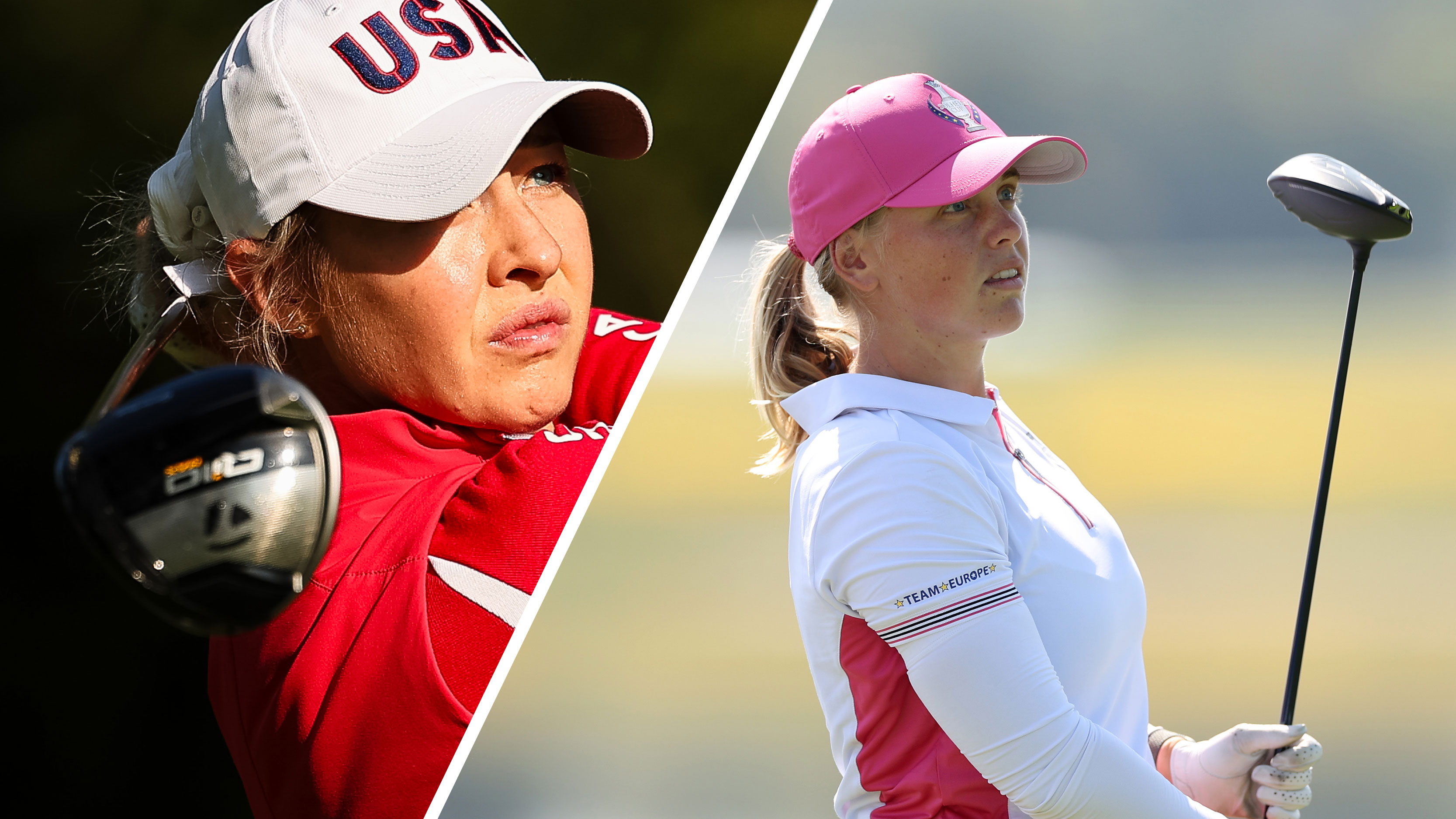 What Is The Most Played Driver At The Solheim Cup 2024?
What Is The Most Played Driver At The Solheim Cup 2024?24 of the world's best female golfers are squaring off against each other this weekend in Virginia, but what drivers are on display?
By Joe Ferguson
-
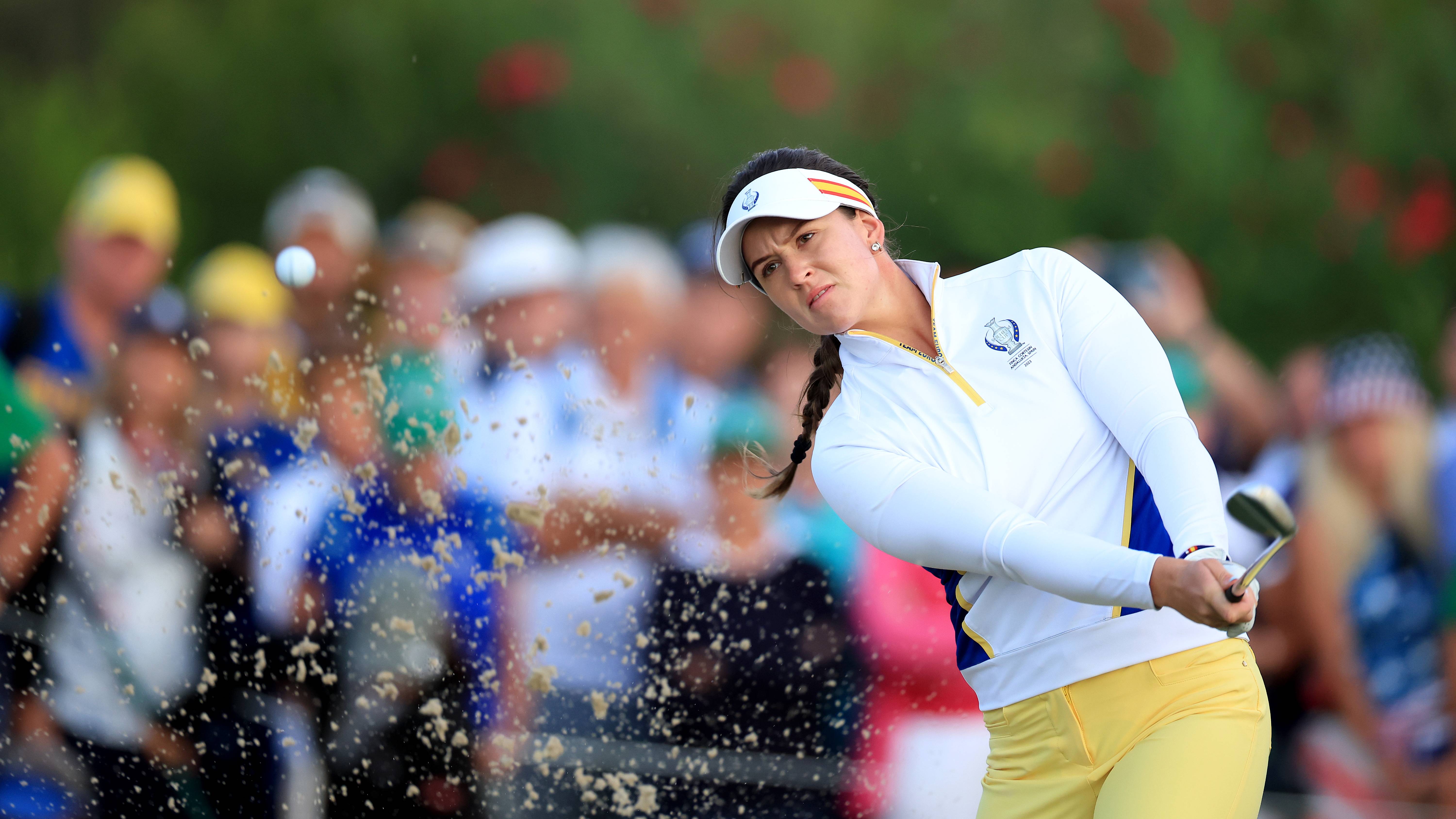 Stepped Irons And Spice Girl Wedges: Linn Grant's Solheim Cup High Notes
Stepped Irons And Spice Girl Wedges: Linn Grant's Solheim Cup High NotesMaking her second Solheim Cup appearance, the Swedish star is perfectly in tune with her game thanks to her dialled in equipment
By Alison Root
-
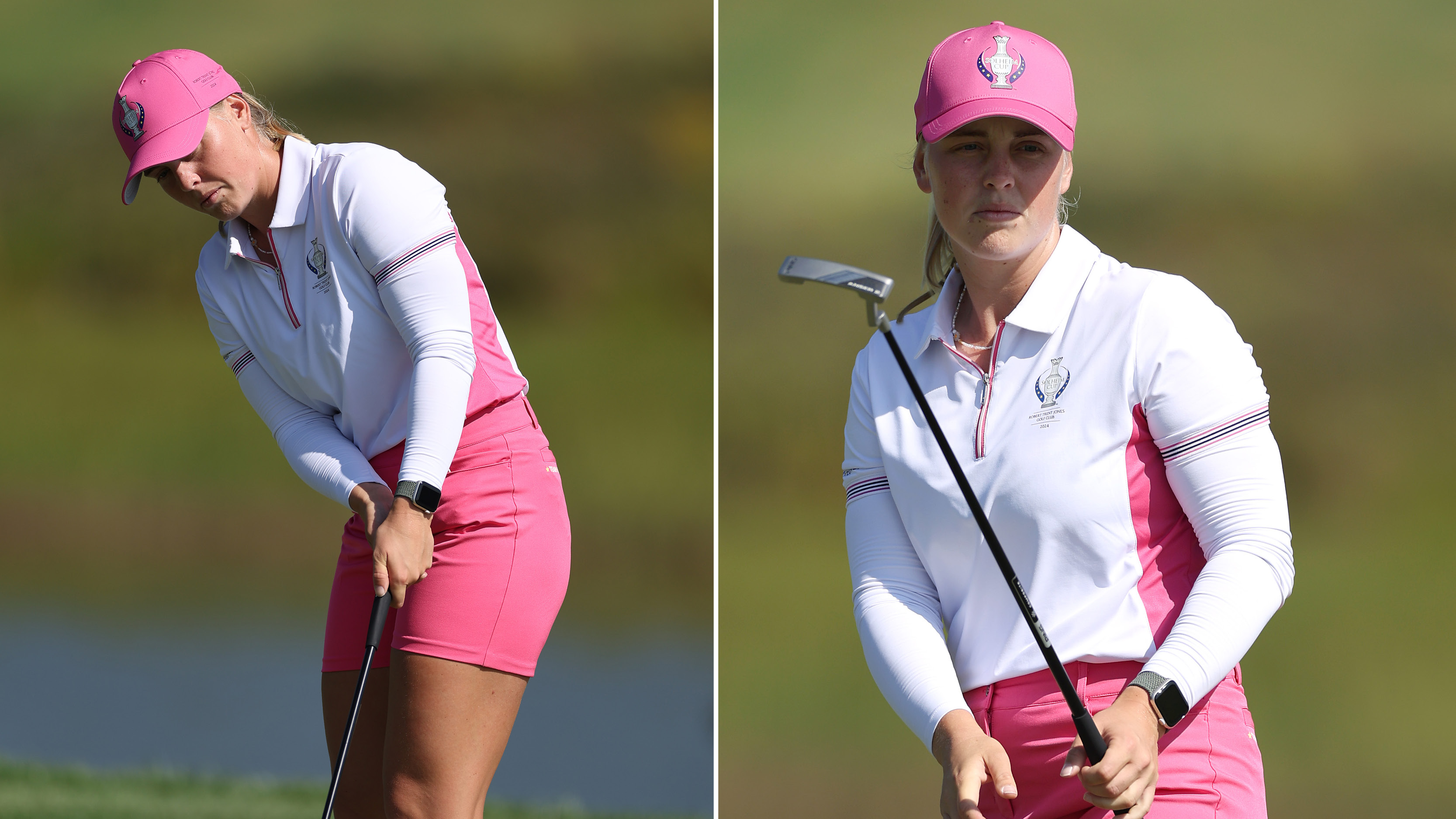 Will Maja Stark's New Putter Spark Solheim Cup Success?
Will Maja Stark's New Putter Spark Solheim Cup Success?Maja Stark will mark her second Solheim Cup appearance for team Europe using a new Ping putter. Here are all the details...
By Alison Root
-
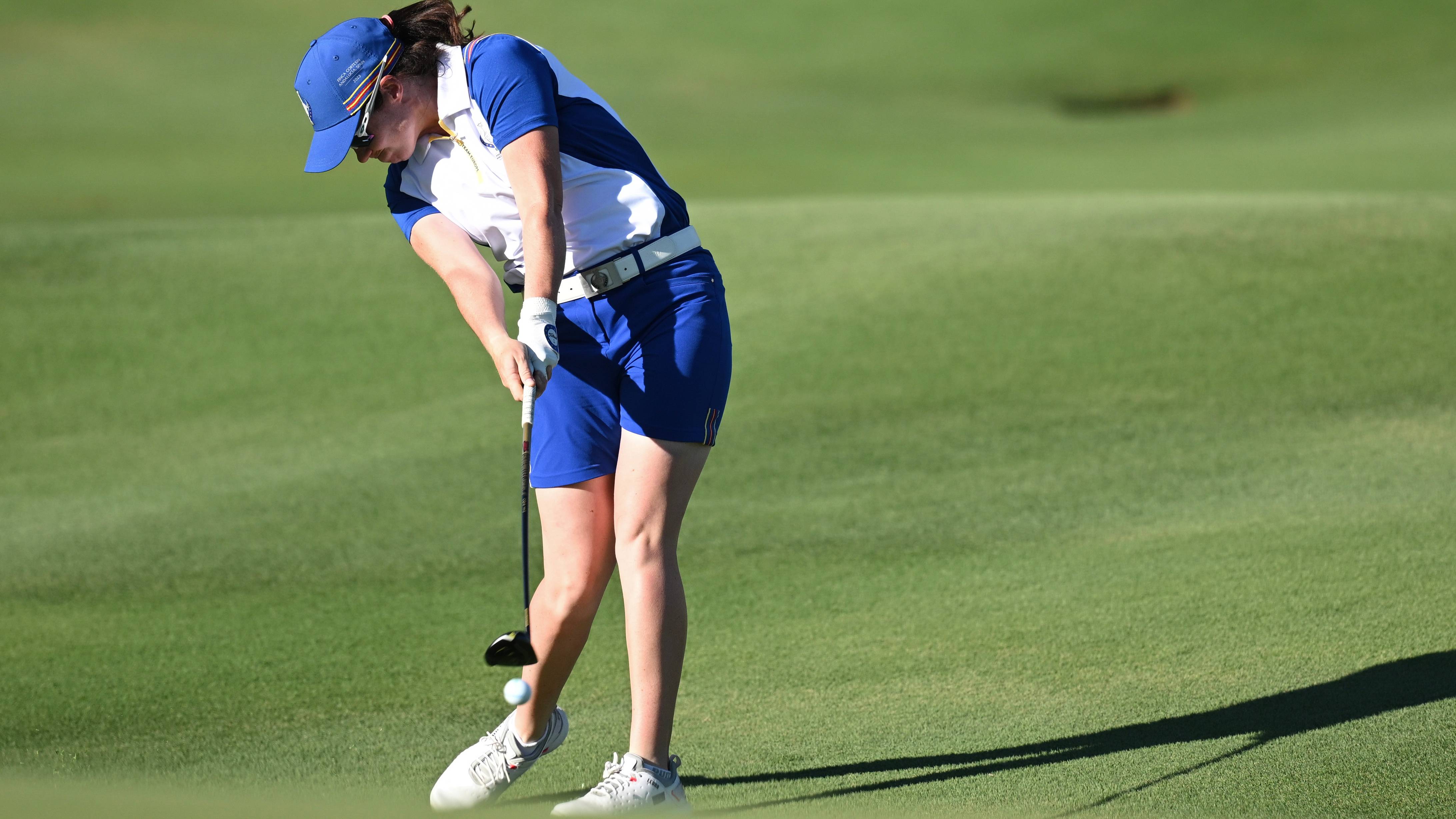 Why Leona Maguire's Three Fairway Woods Could Power Her To Solheim Cup Glory
Why Leona Maguire's Three Fairway Woods Could Power Her To Solheim Cup GloryIreland's Leona Maguire relies on her fairway woods for success. Here's the inside story on the clubs in her bag...
By Alison Root
-
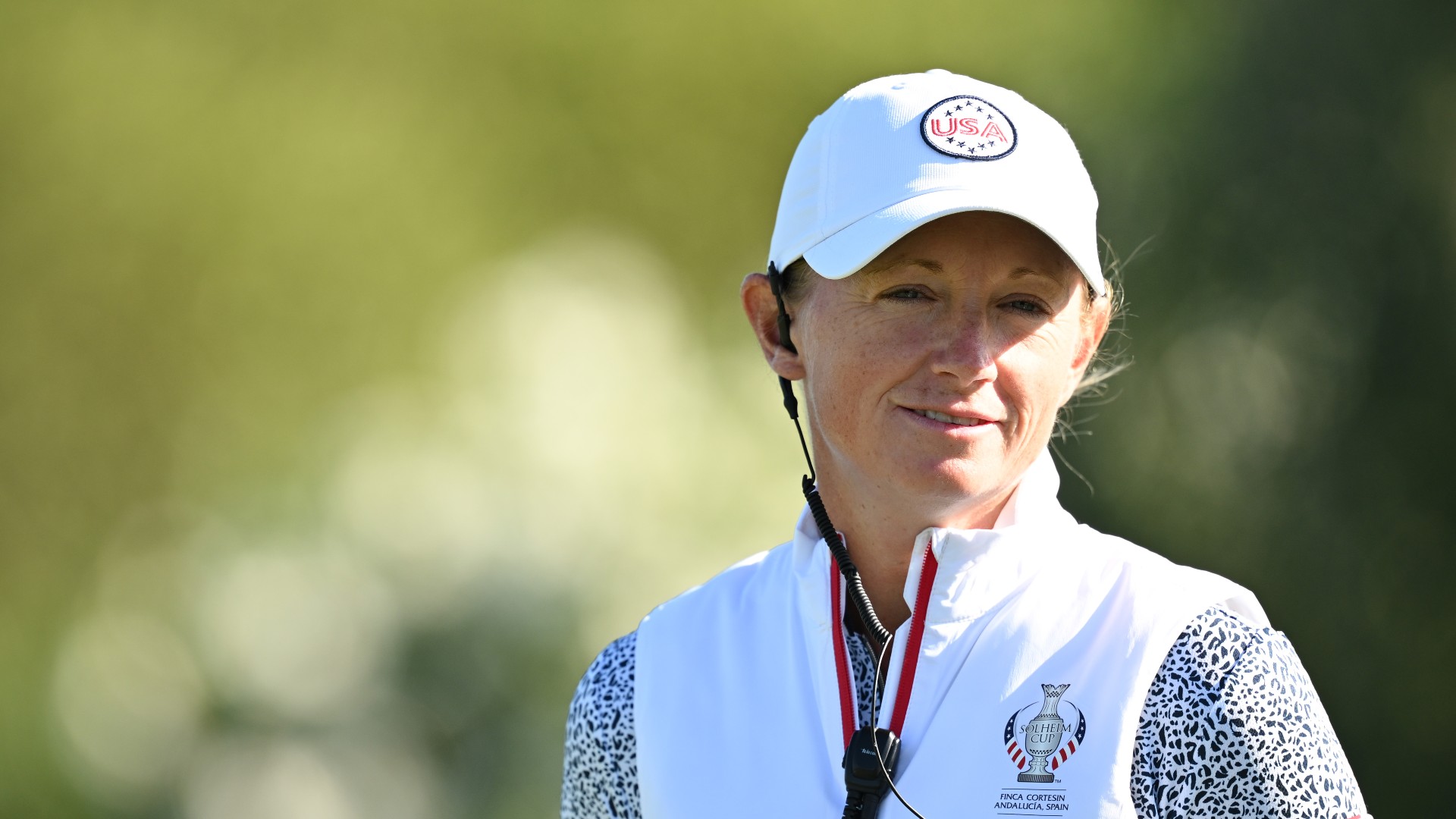 'It's About Me Communicating A Little Better This Year' - Solheim Cup Captain Stacy Lewis Reveals Different Approach
'It's About Me Communicating A Little Better This Year' - Solheim Cup Captain Stacy Lewis Reveals Different ApproachUS Solheim Captain Stacy Lewis tells us what she learnt from last year's match and how she will do some things differently
By Garrett Johnston